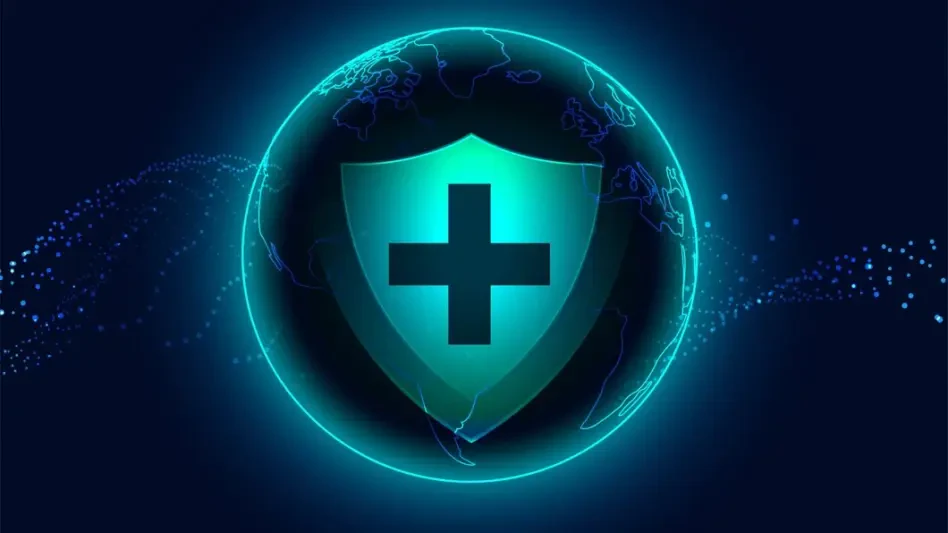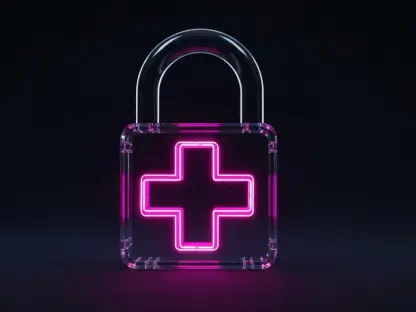Today, we’re thrilled to sit down with Faisal Zain, a renowned healthcare expert with a deep focus on medical technology. With years of experience in the manufacturing of medical devices for diagnostics and treatment, Faisal has been at the forefront of driving innovation in the healthcare sector. In this conversation, we’ll explore the escalating cybersecurity challenges facing healthcare organizations, the vulnerabilities exposed by recent high-profile breaches, the limitations of current investments and federal responses, and the urgent need for internal action to protect patient data. Let’s dive into how these issues are shaping the future of healthcare security and what can be done to address them.
Can you walk us through why ransomware attacks on healthcare organizations have become so frequent in recent years, and what makes this sector such an attractive target for cybercriminals?
Absolutely. Healthcare has become a prime target because it holds incredibly sensitive data—think medical records, personal information, and payment details—that cybercriminals can exploit for ransom or sell on the dark web. The stakes are high; hospitals can’t afford downtime, so they’re often more likely to pay up to restore systems quickly. Plus, many organizations are running on outdated infrastructure, making them easier to breach. The rise in attacks is also tied to the increasing digitization of healthcare without corresponding security upgrades. It’s a perfect storm of high-value data and lagging defenses.
What do recent breaches, like those affecting millions of patient records this year, reveal about the broader state of cybersecurity in healthcare?
These incidents highlight a systemic issue: healthcare cybersecurity is often reactive rather than proactive. Breaches expose common vulnerabilities like weak access controls, unpatched systems, and inadequate monitoring. What’s striking is how these events erode public trust—patients start questioning whether their data is safe, and that’s a hard perception to rebuild. It also shows that even large organizations aren’t immune; the scale of these breaches underscores that no one is fully prepared, and the industry as a whole is playing catch-up.
Why do you think current cybersecurity investments in healthcare aren’t sufficient to prevent these devastating attacks?
The core problem is that investments often focus on compliance checkboxes rather than building robust, resilient systems. Many healthcare organizations use legacy technology that’s decades old, and patching or replacing it is costly and complex. There’s also a gap in prioritizing data protection over other operational needs—cybersecurity isn’t always seen as mission-critical until a breach happens. Without modern infrastructure and a shift in mindset, throwing money at tools won’t solve the root issues.
There’s been talk about legislative efforts like the proposed Healthcare Cybersecurity Act. What aspects of this bill do you find most promising for improving patient data protection?
I think the collaboration between federal agencies to create a coordinated response is a strong point. Having a unified strategy could help standardize protections across the industry, which is desperately needed. It also acknowledges that healthcare cybersecurity is a national priority, not just a private sector issue. If executed well, this kind of framework could provide clearer guidelines and resources for organizations struggling to keep up with evolving threats.
Given the urgency of cyber threats, why do you believe waiting for federal action, even with a promising bill, isn’t a viable solution for healthcare organizations?
The timelines for federal action are often too slow compared to the daily risks healthcare faces. Cyberattacks don’t wait for policy reports or updated plans—they’re happening now, disrupting patient care and exposing data. Organizations can’t afford to sit idle; they need to act immediately to shore up defenses, even if it’s messy or imperfect. Waiting for Washington means leaving patients vulnerable, and that’s just not an option.
Drawing from your experience in medical technology, what are some of the biggest hurdles in managing patient data across complex healthcare systems?
One of the biggest challenges is the sheer fragmentation of systems. In healthcare, patient data often lives in multiple, disconnected platforms, especially in larger organizations or those that have grown through acquisitions. Knowing where data is stored—let alone securing it—is a monumental task. Add to that the integration of new technologies or merging datasets from different entities, and you’ve got a recipe for blind spots that cybercriminals can exploit.
How do siloed systems and fragmented teams within healthcare organizations impact their ability to respond effectively to cyber threats?
Siloed systems create chaos when it comes to cybersecurity. When security, privacy, and engineering teams operate independently, there’s no shared visibility or strategy. For example, if a breach occurs, one team might not even know where to look for compromised data because they don’t have a unified view. This disconnection slows down response times and leaves gaps in defenses. It’s like trying to fight a fire with separate buckets of water instead of a coordinated hose.
What steps do you think healthcare leaders need to take internally to address these cybersecurity challenges without relying on federal intervention?
First, they need to prioritize data visibility—audit systems to understand where patient information lives and how it’s protected. Investing in modern infrastructure that integrates across platforms is critical, even if it’s a heavy lift. Leaders also have to foster collaboration between teams; security and privacy can’t be treated as separate functions. Finally, cybersecurity must be seen as a core part of patient care, not just an IT issue. That mindset shift drives real change.
Looking ahead, what is your forecast for the future of cybersecurity in healthcare over the next few years?
I think we’re at a turning point. If healthcare organizations start investing in modern systems and breaking down internal silos, we could see a significant reduction in successful attacks over the next five years. However, if the industry continues to lag behind and rely on patchwork solutions, breaches will only get worse as attackers become more sophisticated. I also expect more regulatory pressure—governments will likely step in with stricter rules and penalties if voluntary action doesn’t pick up. The question is whether the industry will lead or be forced to follow.









